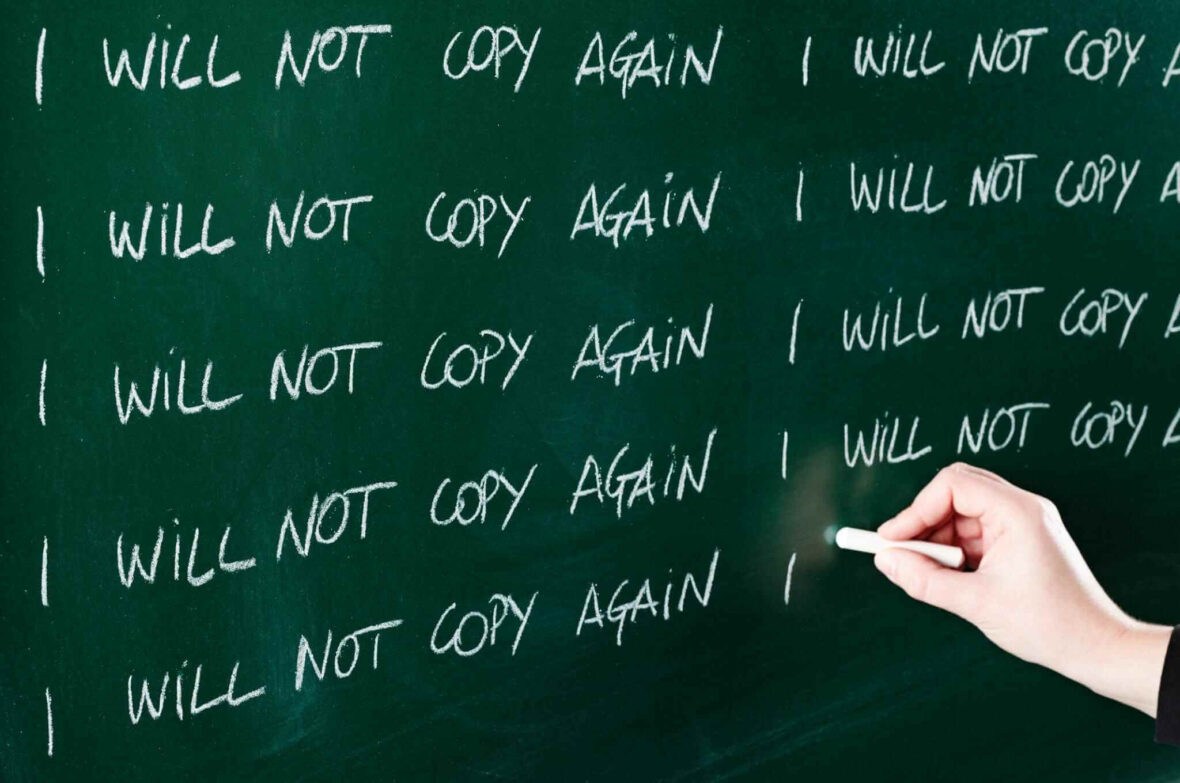People say that “Content is king.” Why? Because of the significant roles, it plays in various fields. For example, for website owners, content is vital for ranking their site on SERP. Likewise, for businesses, content is a connecting link between them and their audiences. Since it is present in every stage of people’s lives, the need to produce quality content has increased remarkably. However, you may wonder what checklist your content must tick to be qualitative. The answer is that it should be plagiarism-free, easy to understand, and engaging.
Among them, plagiarism has a strong tendency to damage your reputation. Before publishing your content either check manually or use a free plagiarism checker to ease the process of finding plagiarised sentences in your content. In the article below, we have listed some points on how you can avoid plagiarism. Please make use of it to produce content that is effective and up to the standard.
Contents
What Is Plagiarism?
It is nothing but the action of using someone else’s content or ideas and pretending as if it is your own is called plagiarism. In simple terms, plagiarism is copying the work of others without giving proper credit.
Types Of Plagiarism
Do you know that? There are different types of plagiarism out there. Especially self-plagiarism is the most interesting one. If you want to know more about it, then read further. Self-plagiarism happens when your words or ideas are reused from your previously uploaded content. Isn’t that interesting? Apart from that, there are other plagiarism types available in the market. Such as:
- Unintentional or Accidental Plagiarism.
- Direct plagiarism.
- Mosaic Plagiarism.
- Paraphrasing Plagiarism.
- Patchwork Plagiarism etc.
What Are The Consequences Of Plagiarism?
Believe it or not, plagiarism is considered equal to theft and fraud. It is an illegal activity. Moreover, if you perform plagiarism, you can be even charged with copyright violation. Especially if writing is your profession, then plagiarism can cause severe damage to your career. Also, if your content has plagiarism, the first thing you lose is your “Reputation.” Even if you are a professional writer with so many years of experience, plagiarized matter in your content will definitely bring you down.
Therefore, checking all your work for plagiarism before submitting it is very mandatory. You can either manually check for it or use tools available online. However, manual checking will take a lot of effort and time. So going for tools is the best solution. For example, you can opt for tools like Plagiarismpro that provide you with instant and valid results.
5 Ways To Avoid Plagiarism In Your Content
Now that you have an understanding of what plagiarism is and why it is terrible, it is time to avoid it. But how to do it? No worries. We are there to guide you. We have mentioned some tricks you can follow to prevent plagiarism in your writing.
1. Execute Your Own Ideas
When it comes to writing, research plays a very significant role. There are plenty of reference articles available online for a single topic. But to avoid plagiarism, you must write content with your own ideas and perspective. So, instead of repeating your reference, write content in your voice. At first, it might be a little challenging, but with practice, you will master the skill at some point.
Sometimes executing your own ideas might also cause plagiarism. How? As we mentioned earlier, self-plagiarism can happen when you reuse content from your previous works. So make sure you avoid this type of plagiarism.
2. Keep Source Track
Another common plagiarism that writers undergo is unintentional plagiarism. It happens when you perform plagiarism without your knowledge. You may wonder how that is possible. To get a better understanding, let us consider a situation.
Let us say, for example, you wrote an article with reference to a line you read somewhere online. But you forgot where the idea came from. Now there are higher chances for you to perform unintentional plagiarism. You can avoid such scenarios by simply keeping track of your resource articles. That is it.
3. Add Appropriate Citations
There may come a critical situation where you have to add a line or wording that is not yours. At that time, you can avoid plagiarism by adding a citation to your writing. If you don’t know what a citation is, here is a brief description of it. Citation is a way of telling your readers that a particular matter in your content came from another source.
It also informs the readers about the info to find the source location. It will be included inside parentheses(). There are different citation formats for different types of writing. The most common citation format consists of the following details.
- Author name
- Title
- Volume
- Page numbers
- Date
- Publisher
- Year of publication etc.
4. Add Quotations
When writing content, you obviously will include text or quotes from famous authors or personalities as they are very captivating and provide an appealing picture to the reader’s eyes. You cannot avoid that, but you can escape from getting into plagiarism. But how? By using quotations. This is a very simple yet the most effective way. Use quotation marks around the text that isn’t your own. Just add (“,”). If you know the owner of the quote, you should mention their name too.
5. Use A Plagiarism Checker Tool
After following all the tips mentioned above, if you still have doubts, here is an effective solution. First, use a plagiarism checker tool to clear all your doubts. Using an authentic tool will help you avoid plagiarism altogether. Using these tools, you can find self, unintentional, or any type of plagiarism. For instance, you can try tools like Plagiarismpro, which pinpoints plagiarized content accurately.
Wrapping Up
These suggestions can help you to avoid plagiarism in your content. We know how important it is to avoid plagiarism, especially if writing is your profession. Also, being aware of the different types of plagiarism and how it can cause damage to your reputation is very crucial. It will take a lot of daily practice to determine whether your content has been plagiarized content manually.
So make sure to follow all the tricks and tips mentioned to enjoy plagiarism-free content. What other tricks do you follow to avoid plagiarism in your content? Please share with us in the comments section below.




